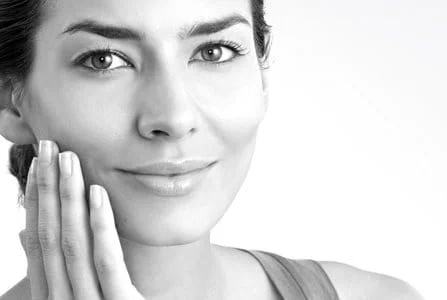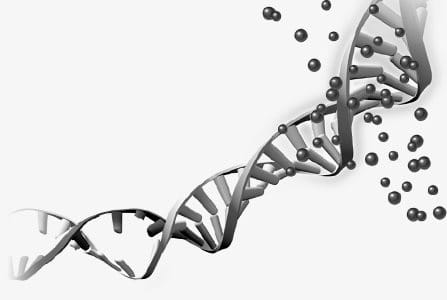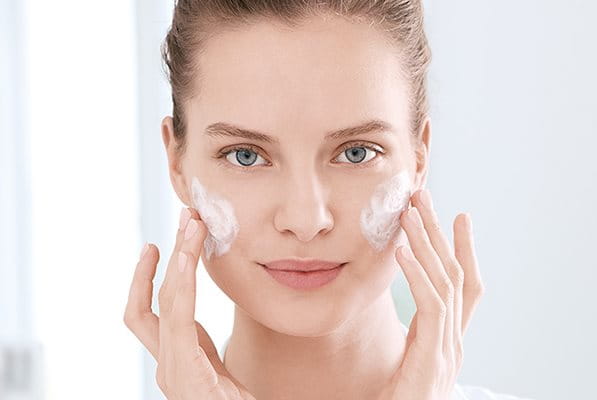We take responsibility. For your skin. And our planet.
About
Read more about our product

Main findings
How do I know which SPF to use?
Sunscreens are available in four different levels of protection: low (factor 6 to 10), medium (15 to 25), high (30 to 50) and very high (50+). The higher the protection factor the better your skin is protected, but it’s important to apply the product thoroughly (be careful not to miss any bits) and to reapply it generously every two hours.
Can sunscreen clog my pores and lead to breakouts?
Some people with oily and acne-prone skin are concerned that sunscreen will worsen their symptoms and avoid sun protection altogether. Specially formulated products such as Eucerin Sun Gel-Creme Oil Control Dry Touch SPF 50+ are designed to manage oily and even improve acne-prone skin conditions.
My skin is acne-prone. Do I need special suncare?
Yes. Effective sun protection is essential for all skin types and it’s particularly important for acne-prone skin for a number of reasons:
- To protect against hyperpigmentation: As skin affected by acne show a high degree of inflammation, it is particularly prone to hyperpigmentation and excess melanin is produced. This surplus melanin remains after the spot has healed leaving a pigmentation mark. These pigmentation marks are particularly susceptible to the sun and the right sun protection will help to prevent them from darkening and becoming more noticeable.
- To prevent skin from drying out: Oily skin still needs moisture. Over exposure to the sun causes it to dry out and the sebaceous glands (which products the sebum that gives skin the oil it needs) go into overdrive. This excess sebum is one of the key stages in the development of blemishes. When skin dries out its external layers harden and this can get in the way of the natural skin-shedding process. Dead skin can build up, block pores and exacerbate acne.
It’s also important to be aware that some acne medication and skin peels can make skin more sensitive to the sun and more susceptible to sun-induced skin damage. Products specially formulated for acne-prone skin, such as Eucerin Sun Gel-Creme Oil Control Dry Touch SPF 50+, will give it the protection it needs. Our product is also ‘non-comedogenic’, which means it doesn’t contain ingredients that might block pores and trigger blemishes.
The ultra-light formula has a sebum-regulating Oil Control Technology with L-Carnitine and absorbing micro-pigments. It leaves an immediate dry touch finish and a long-lasting anti-shine effect.
Why do I need to integrate sun face care into my daily routine?
Facial skin is more sensitive to UVA/UVB radiation and HEVIS light than skin on the rest of the body as it is exposed to sun all year round. Sun protection can help you avoid the cellular DNA damage caused by UV, photoaging (premature aging caused by the sun) and hyperpigmentation. It is important to protect facial skin whenever it is exposed to the sun.
Can I use sunscreen and make-up?
Yes. Eucerin Sun Gel-Cream Oil Control SPF 50+ is suitable for use under make-up. Both liquid and powder-based make-up can be safely applied over the sunscreen without affecting its protection.
Read related articles









